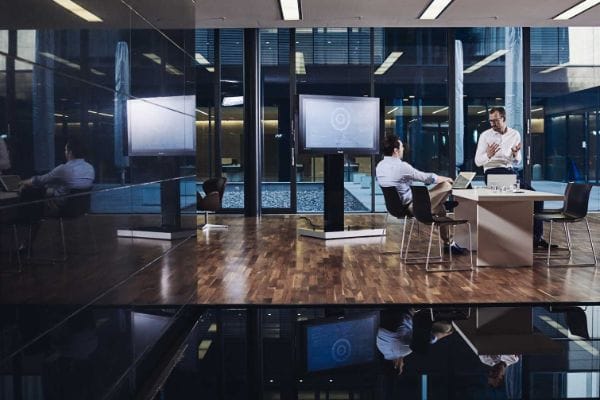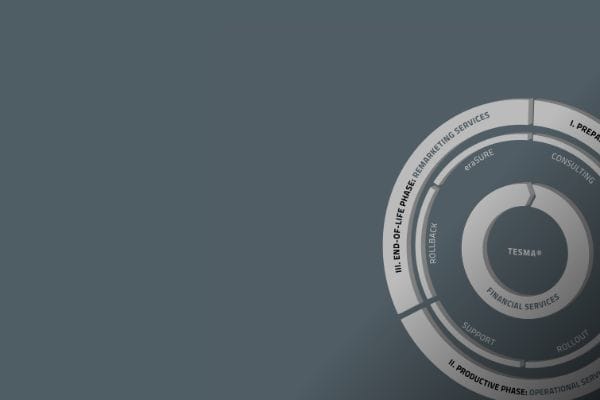What is the cost of an employee’s IT over the entire lifecycle?
Only few budget holders will be able to answer that question. Of course, prices can be compared at the time of purchase and support and maintenance contracts can be agreed to cover part of the running costs.
CFOs regularly rack their brains over these and similar questions as they make calculating the total cost of ownership (TCO) of a device more difficult:
ut which of the devices provided does the employee actually use?
How much time and effort must the IT department spend on administration and maintenance?
How often does the hardware need to be repaired?How long is it actually used for?
What is the residual value at the end of the lifetime and can it be recovered?
What happens to any sensitive data stored on the equipment?
Below are three tips that will help you to get a grip on these uncertainties:
1. Consider the entire lifecycle: Every asset runs through typical lifecycle phases, from procurement and rollout to actual use and disposal or remarketing. Only by taking into account and planning for the entire lifecycle can you make sustainable budget decisions.
2. Consider the entire workplace: Smartphone, tablet, laptop, PC – an employee’s digital workplace often comprises a range of devices with their own procurement, rollout, and maintenance processes. How much and for how long each one is being used is often unknown. A realistic analysis of the TCO of a digital workplace requires a holistic view of the employee’s IT equipment and its use. This is the only way to decide whether it is more cost-effective to buy or to opt for a customised business concept.
3. Work with the right service provider: As a rule, manufacturers and service providers sell equipment and lock-in contracts that provide them with the best margins. What’s more, they often only take isolated aspects of the digital workplace into account, which raises the question whether their recommendations and offers are actually the best fit for your individual needs and whether the procurement and usage model will pay off.
Lifecycle phases of the digital workplace
In principle, the lifecycle of the IT equipment at a single workplace can be split into three phases:
Transparency is the key to the workplace of the future
You need the latest digital equipment if you want to remain competitive, increase efficiency, and boost employee satisfaction in the long term. Such a future-proof digital workplace comes at a cost, of course.
All the more important, therefore, to be able to identify the real costs transparently over the entire lifecycle, from needs assessment and procurement to rollout, use, and remarketing. Only a seamless service model that takes all costs into account can give you planning certainty and allow you to realistically gauge TCO. This makes the decision in favour of a usage-based model easier.
Contact us!
Feel free to contact us in case of questions!
Find out more
Discover the other solutions and services that we provide.



